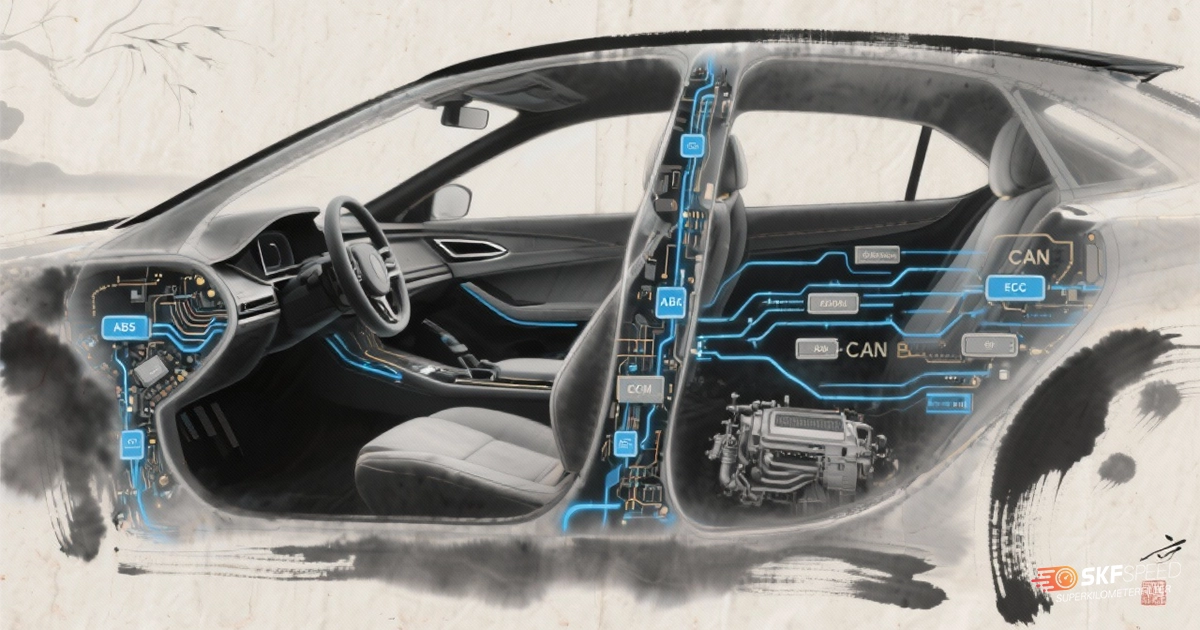
To calculate mileage reimbursement for 2025, you will need the total miles and the most recent reimbursement rate. In 2025, the business mileage reimbursement rate is 70 cents (0.70 dollars) per mile. Hence, multiply your traveled mileage by 0.70, and you will get the mileage reimbursement.
Mileage reimbursement is essential to compensate employees who use their vehicles for work. The Internal Revenue Service (IRS) regulates and determines the rates annually. That’s why you should check the updated rates every year.
To calculate mileage reimbursement, you should consider important factors such as mileage, type of reimbursement, and current rate. Here is the step-by-step guide to calculate your reimbursement correctly.
You can track your mileage with various methods. You may use odometer, mileage log, apps, or GPS systems. To make your job easier, mark your start and end points, the total mileage, and the purpose of your trip.
According to the IRS, the rates vary based on the purpose of your trip. For example, the business reimbursement rate in 2025 is 70 cents per mile, while for medical or moving purposes, it is 21 cents and 14 cents for service for charitable organizations.
To calculate the mileage reimbursement rate for 2024, use the formula:
Mileage Reimbursement Amount = Total Miles x Reimbursement Rate.
In order to find out your reimbursement amount, you should multiply the total traveled miles by the reimbursement rate.

What is FAVR? Fixed and variable rate, commonly known as FAVR, is a reimbursement plan that compensates employees based on fixed and variable payments for miles. This method is commonly used as it avoids underpayment as well as overcompensation.
How does FAVR work? As the name suggests, it consists of two payments, fixed and variable. Fixed payments include the fixed costs of your vehicle, such as insurance and taxes. These expenses are added, and the percentage of the costs used for business purposes will be reimbursed.
As for the variable payments, you should add regular operating costs such as fuel and maintenance. Of course, you will be reimbursed only for the amount that was for business purposes. So, you need to do regular (usually monthly) records for reimbursement.
For instance, if you spent $3,000 in a month and half of your travel expenses were business-related costs, you may be compensated $1,500. You have to maintain a precise record of all your expenses, and you’ll be reimbursed accordingly.
A flat rate allowance is a monthly or annual stipend paid to an employee to cover the expenses of using a personal car for business. The compensation is often a fixed amount, making it easier for both employer and employee to manage.
Although a flat rate allowance is intended to cover all vehicle expenses, it has flaws. This approach is not precise and usually doesn’t correspond to a person’s actual costs. Plus, employees have to manage the expenses.
Now, let’s see how it works in practice. Assume the employer determines the flat reimbursement rate allowance of $0.6 per mile for business travel. An employee covers 2,000 miles. You should use the formula: Flat Rate Reimbursement Amount = Miles Driven x Flat Rate Allowance. In this case, the driven miles are 2,000, and the rate is 0.6 per mile. Hence, the compensation amount = 2,000 x $0,6 = $1,200.
The biggest challenge in the method is fairness. It’s hard to control and monitor an employee’s actual costs for business travel.
Having the correct information about the traveled mileage and reimbursement rates helps you determine the total compensation amount. Most of the time, your calculations are correct, and it will greatly help you understand how much the compensation can be. But here is a catch. Even though you precisely follow the steps, sometimes the final result is still not correct. But why? Here are some common mistakes that customers make that hinder the process.
Mileage blockers and rollback devices are the major challenges nowadays that can hinder mileage reimbursement calculations. Do you wonder how? People use these methods to manipulate odometers and artificially change a car’s mileage. Eventually, the vehicle will show misleading miles, and the data that you use for calculations will be wrong. Hence, your assumptions about the reimbursement won’t be correct either.

The mileage blocker stops the distance recording process without affecting the previously recorded mileage or leaving a trace. In contrast, rollback devices modify existing miles on a car and can be easily spotted by the scanner tools.
The mileage blocker is a device that stops the mileage recording process. It makes the system ignore new mileage and doesn’t add new miles to the vehicle’s existing mileage. It should be highlighted that it doesn’t erase or remove any previously recorded miles from the system. Also, the mileage blocker doesn’t store distance-related data in the ECUs, which makes the actual mileage completely undetectable. For this reason, many people try to use these blockers unethically for fraudulent purposes.
On the other hand, rollback devices directly change a car’s mileage. They erase a specific amount of miles from the odometer. Therefore, after utilizing a rollback tool, the dashboard will display reduced mileage. However, in contrast to the mileage blocker, rollback devices can’t stop mileage recording. Hence, even though you see the modified mileage on the control panel, the actual miles are easily traceable by scanner devices.
People often try to change the current mileage in autos and display misleading data. They use various approaches:
The mileage blocker is a modern device that effectively stops distance recording in vehicles. It doesn’t remove or reset existing mileage. The blockers only prevent the system from counting up extra miles and storing the data in control units. Therefore, the original mileage is untraceable, and nobody can detect it.
The mileage blockers from SuperKilometerFilter are made of premium-quality materials in Germany. Their quality guarantees that the devices work without issues under any weather conditions. And still, why is it important? The SKF mileage blocker is designed to help professionals in car testing and tuning. The goal is to let experts work with the car without adding extra mileage while testing your vehicles. Remember, nobody should use this unethically.
The mileage blocker comes with easy installation guidelines, and you can easily install it. Plus, it has various modes, and you can choose the one that suits you the best. That’s not all! The mileage blocker is the only blocker that has its mobile app. This allows you to monitor and control the device remotely from your phone.
You can buy the mileage blocker from the SuperKilometerFilter website. If you have further questions, please reach out to the customer service department or check the support page.
Mileage reimbursement is crucial in compensating employees who use their vehicles for business purposes. Once you understand how to calculate mileage reimbursement, you will be able to determine your expenses and the compensation you are entitled to. Remember, the rates change annually, so it’s important always to stay updated.






Here you will find all the details about our company
Here you will find shipping and return related information
Here you will find information on all technical questions
Here you will find helpful information about installation